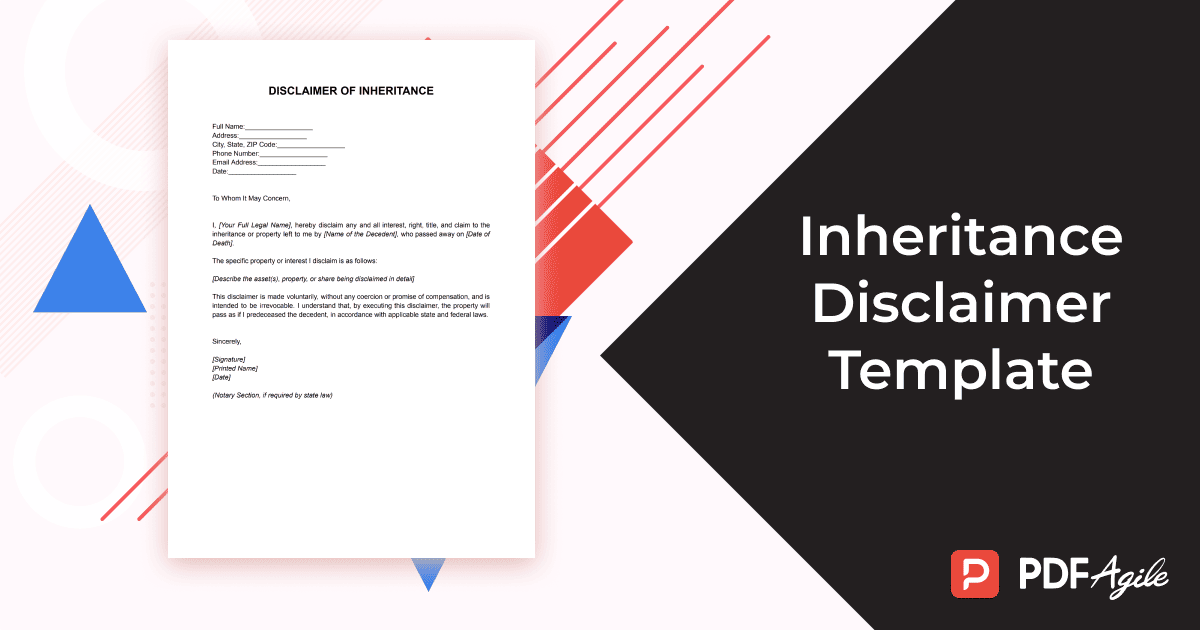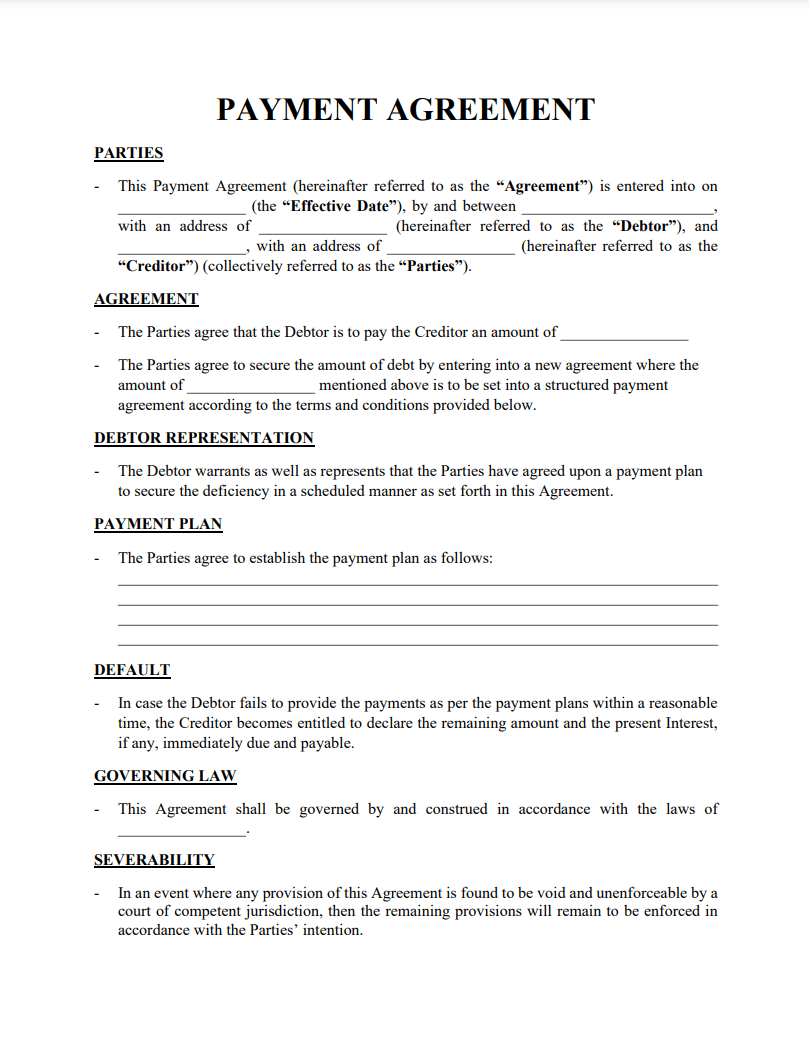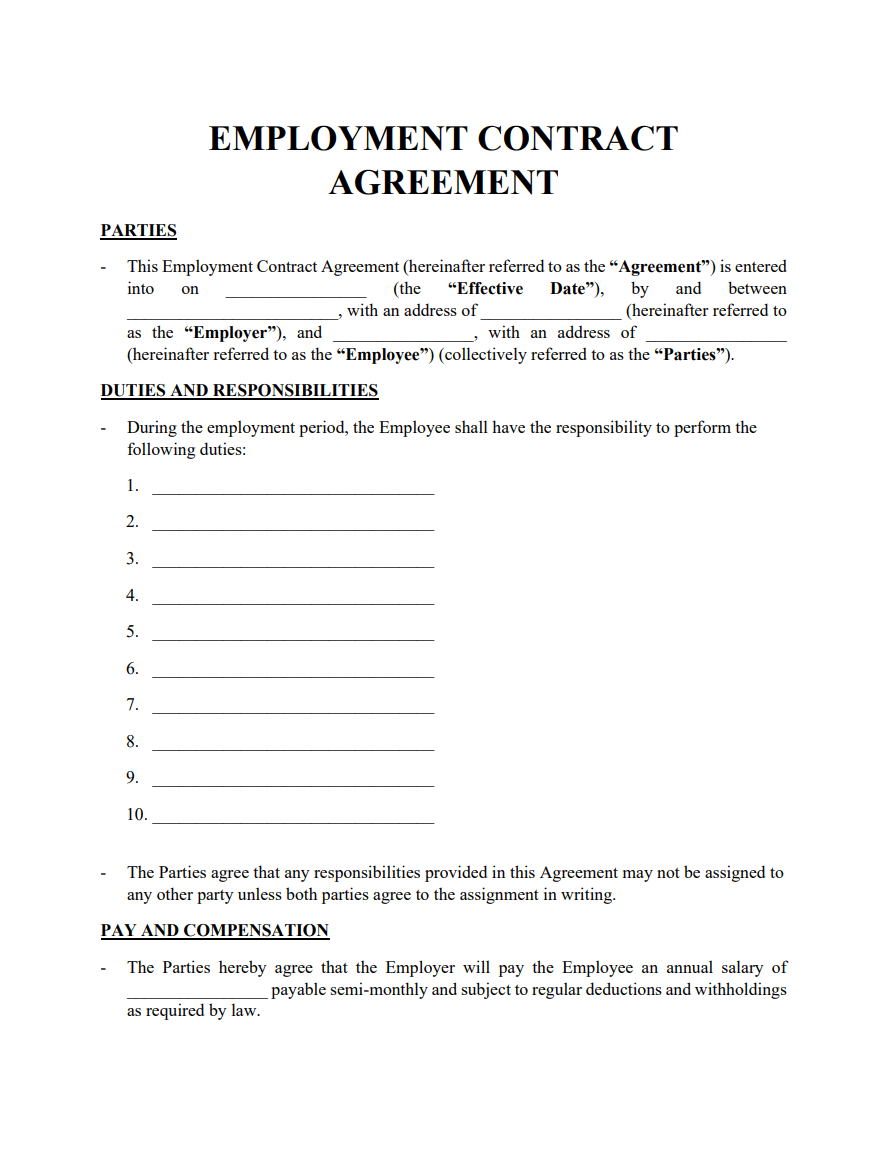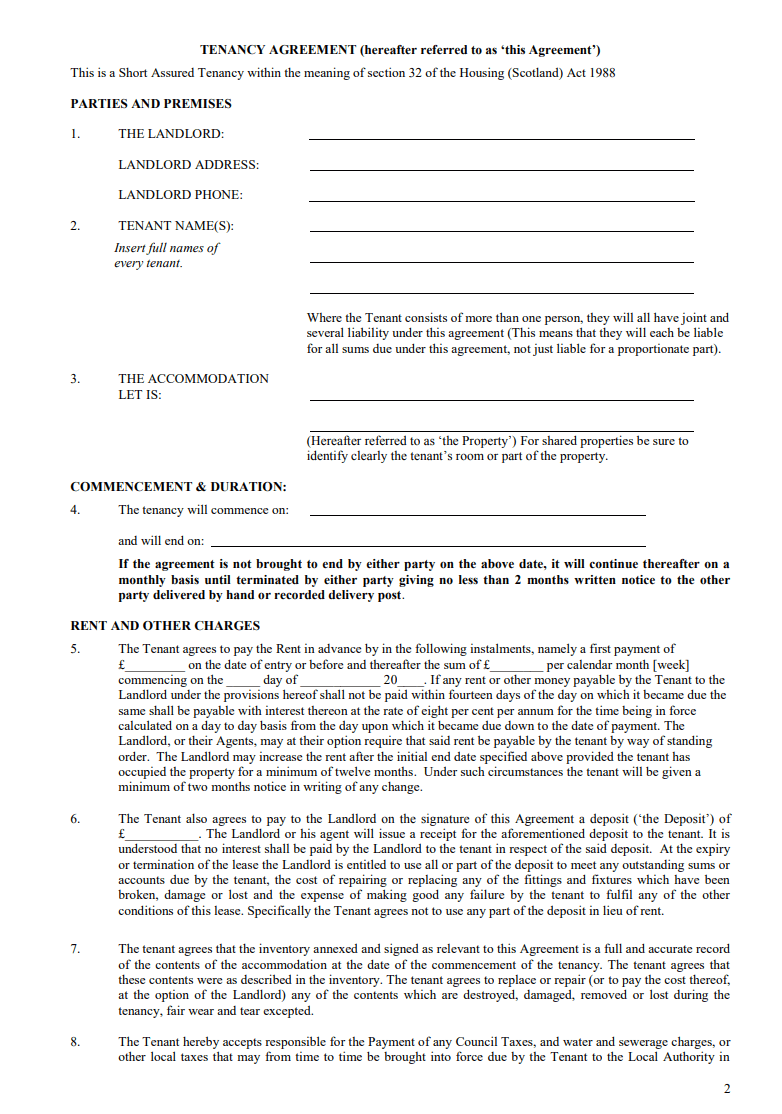When Do You Need an Inheritance Disclaimer Letter?
An inheritance disclaimer letter becomes essential during emotionally and legally complex times—typically after the death of a family member or loved one. In some cases, a beneficiary may wish to refuse all or part of their inheritance due to tax consequences, personal beliefs, financial aid eligibility, or family arrangements. At this point, a formal inheritance disclaimer—a legally binding letter—is required to decline the asset or estate share and allow it to pass to the next eligible heir. This is where a well-structured inheritance disclaimer template comes into play.
What Is an Inheritance Disclaimer?
An inheritance disclaimer is a legal declaration made by a beneficiary to refuse the right to inherit property, assets, or responsibilities from an estate. According to estate laws in many jurisdictions, a disclaimer must meet specific criteria to be valid: it must be in writing, irrevocable, and submitted within a certain period—typically nine months after the decedent’s death in the United States.
Once accepted, the disclaimed assets pass as if the disclaimant had predeceased the decedent, allowing the estate to be distributed accordingly.
Types of Inheritance Disclaimers
Understanding the different types of disclaimers helps ensure the right format and language are used in your letter:
- General Disclaimer: The beneficiary refuses the entire inheritance or gift.
- Partial Disclaimer: Only specific assets or property are declined.
- Contingent Disclaimer: Used when acceptance depends on certain conditions (less common and more complex legally).
Key Components of an Inheritance Disclaimer Letter
To ensure your inheritance disclaimer letter is legally valid and clearly understood, it’s important to include the following essential components. Each plays a role in protecting your intent and making the process smooth for all parties involved:
- Header and Beneficiary Details Start with your full name, current address, phone number, and email. This helps verify your identity and ties you to the inheritance being disclaimed.
- Information About the Deceased Include the full legal name of the deceased individual and the date of their passing. This identifies the estate in question and ensures the disclaimer applies to the correct person.
- Statement of Disclaimer Clearly state that you are voluntarily choosing to disclaim your right to receive all or part of the inheritance. Use direct and unambiguous language to avoid confusion.
- Description of the Assets Being Disclaimed Be as specific as possible. Whether you’re refusing a monetary amount, property, personal belongings, or a share of the estate, clearly outline what you’re disclaiming.
- Relevant Legal References (If Applicable) Depending on your country or state, you may want to cite relevant inheritance or tax law (such as IRS Code Section 2518 in the U.S.) to show that the disclaimer follows proper legal protocol.
- Signature and Date Your signature and the date it was signed are mandatory. This confirms your acknowledgment of the contents and the decision being made.
- Notarization or Witness (Optional but Recommended) In many jurisdictions, having the document notarized or signed in the presence of a witness isn’t required but does strengthen its legal standing. When in doubt, notarize.
How to Write an Inheritance Disclaimer Letter in 5 Steps
Writing an inheritance disclaimer letter may feel overwhelming, especially during an emotional time. Here’s a simple five-step guide to help you get it done properly and confidently:
- Identify the Asset or Inheritance You're Declining Begin by specifying exactly what you’re disclaiming. This might be a cash sum, a percentage of the estate, a piece of property, or specific items.
- Clearly State Your Intent to Disclaim Use legally appropriate and direct language. For example, you might write: “I, [Full Name], hereby disclaim any and all interest in the inheritance bequeathed to me under the will of [Deceased’s Name]…”
- Confirm It’s Within the Legal Timeframe Most jurisdictions require a disclaimer to be made within a set period—typically nine months after the decedent’s death. Make sure your letter is submitted on time to remain valid.
- Include a Voluntary and No-Compensation Statement Make it clear that your decision is made freely, without pressure, and that you’re not receiving any compensation in exchange for disclaiming the inheritance. This protects against legal misunderstandings.
- Sign, Date, and Notarize If Needed Conclude the letter with your signature and the date. If your local law or the estate’s executor recommends it, get the letter notarized or witnessed to reinforce its validity.
Inheritance Disclaimer Sample for Your Copy-and-Use Demand
Here is a blank inheritance printable disclaimer form you can copy and fill out:
Subject: Disclaimer of Inheritance
[Your Full Name]
[Your Address]
[City, State, ZIP Code]
[Phone Number]
[Email Address]
[Date]
To Whom It May Concern,
I, [Your Full Legal Name], hereby disclaim any and all interest, right, title, and claim to the inheritance or property left to me by [Name of the Decedent], who passed away on [Date of Death].
The specific property or interest I disclaim is as follows:
[Describe the asset(s), property, or share being disclaimed in detail]
This disclaimer is made voluntarily, without any coercion or promise of compensation, and is intended to be irrevocable. I understand that, by executing this disclaimer, the property will pass as if I predeceased the decedent, in accordance with applicable state and federal laws.
Sincerely,
[Signature]
[Printed Name]
[Date]
(Notary Section, if required by state law)Why Use an Inheritance Disclaimer Template?
Using a professionally drafted inheritance disclaimer template helps ensure:
- Legal compliance with state and federal inheritance laws.
- Clarity and accuracy in documenting your refusal.
- Time-saving formatting that reduces stress during emotional periods.
- Avoidance of costly legal disputes that may arise due to unclear intentions.
Whether you're preparing for estate planning, working with a legal advisor, or acting independently, a template offers a reliable and efficient way to formalize your decision.
Final Thoughts
Declining an inheritance is a significant legal and personal decision. A well-crafted inheritance disclaimer example provides the clarity and legal structure needed to navigate this sensitive process. Use our inheritance printable disclaimer form to make informed, responsible choices that align with your personal or financial goals.
Free Download: Your Customizable Inheritance Disclaimer Template
Need a quick and easy way to create a professional inheritance disclaimer? Download our free, customizable templates by clicking the Use Template button on this page. Simply add your specific information and print them out.





